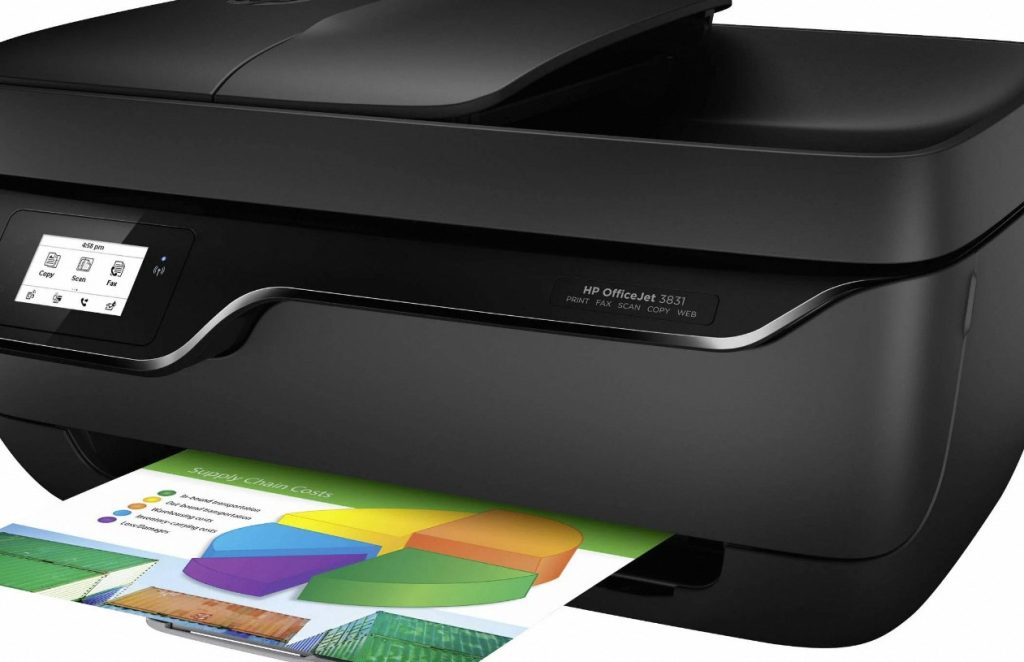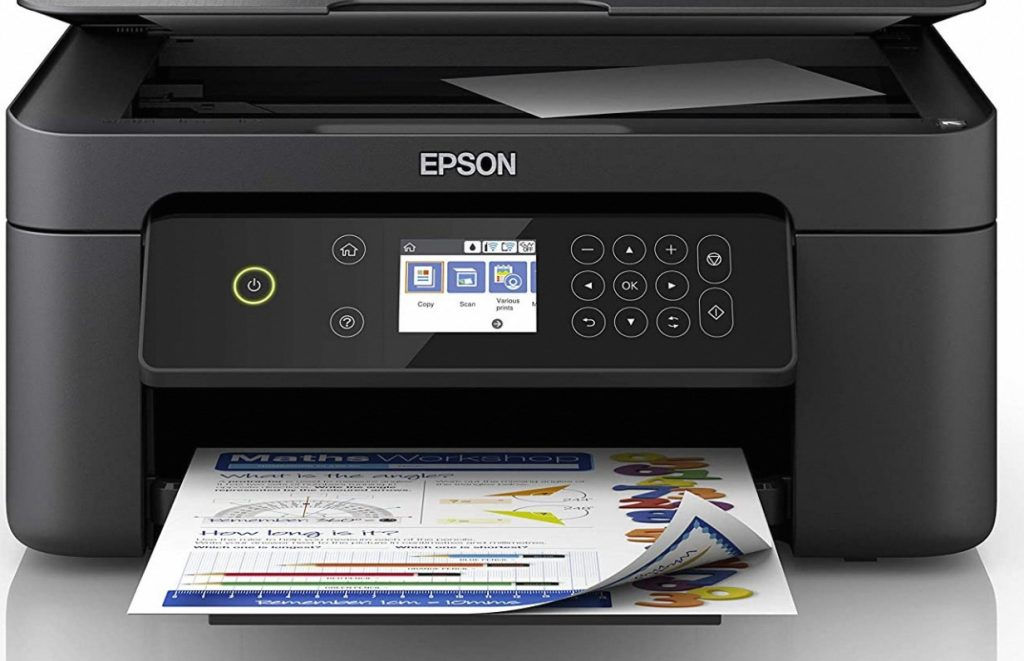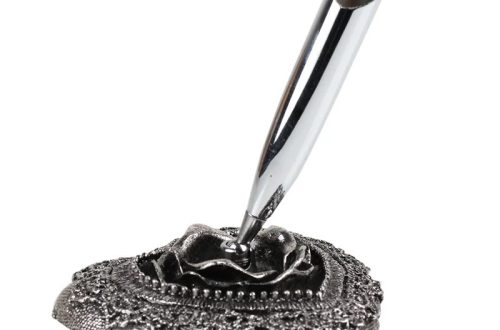Inkjet printers are versatile tools, capable of producing high-quality photos, crisp documents, and even creative crafts. However, unlocking their full potential can feel overwhelming. Fear not! This comprehensive guide will equip you with the knowledge to become an inkjet printing pro, divided into four key parts:
Part 1: Unveiling Your Inkjet

Know Your Machine:
Start by familiarizing yourself with your specific printer model. Consult the user manual to locate the various components – the paper tray, control panel, and ink cartridge compartments. Understanding these parts will streamline everyday printing tasks.
Decoding the Specs:
Most printers come with specifications outlining their capabilities. Learn about print resolution (measured in dots per inch or dpi), which determines image sharpness. Higher resolutions are ideal for photos, while documents can often rely on lower dpi settings. Additionally, explore features like paper size compatibility, duplex printing (printing on both sides of the paper), and wireless connectivity.
Part 2: Inkjet Essentials – Choosing the Right Supplies

Ink Cartridges:
Ink cartridges are undeniably the essential lifeblood of your printer, as they directly affect the quality and efficiency of your printouts. Having a good understanding of the different types of ink cartridges available in the market is crucial for maintaining your printer’s performance. When it comes to choosing ink cartridges, you typically have two main options: genuine manufacturer cartridges or compatible third-party cartridges. Genuine cartridges, produced by the printer’s manufacturer, are often known for offering consistent quality, performance, and compatibility with specific printer models. On the other hand, compatible cartridges, manufactured by third-party companies, can provide a more cost-effective alternative with potential savings, albeit with some variable quality and performance attributes. It’s important to weigh the factors of cost, quality, and compatibility to make an informed decision based on your printing needs and budget.
Paper Selection:
Paper selection plays a vital role in print quality. Choose paper that aligns with your project’s needs. For everyday printing, standard multipurpose paper works well. For vibrant photos, opt for glossy photo paper. Heavier cardstock is perfect for presentations and greeting cards. Explore specialty papers like fabric transfers or iron-on sheets to unleash your creativity.

Part 3: Optimizing Your Print Performance
Driver Duty:
Device drivers are essential software programs that act as intermediaries, enabling your computer to communicate effectively with your printer. They help facilitate the transmission of print jobs and ensure that the communication between the computer and the printer functions seamlessly. However, the presence of outdated drivers can often lead to printing glitches, causing issues such as poor print quality, printing errors, or the printer not responding.
To maintain optimal performance and mitigate potential problems, it is crucial to regularly update your printer drivers. You can accomplish this by visiting the manufacturer’s official website and checking for the latest driver updates specific to your printer model. By installing the latest drivers, you can ensure that your printer operates at its best and that any performance or compatibility issues are addressed. This proactive approach to driver maintenance helps to guarantee smooth and efficient printing operations, enhancing productivity and minimizing disruptions.
Maintenance Matters:

Preventative maintenance plays a crucial role in extending the lifespan of your printer. By implementing regular maintenance practices, you can ensure that your printer functions optimally and continues to deliver high-quality prints. One essential aspect of printer maintenance involves the regular cleaning of the print heads as per the user manual’s instructions. This helps prevent clogged nozzles and ensures a consistent flow of ink, ultimately preserving the print quality.
In addition to print head maintenance, it is important to keep the paper tray and rollers free from dust and debris. Dust and debris accumulation can lead to paper jams and impact the printer’s performance. Regularly cleaning these components can help prevent such issues, allowing for smooth paper feed and reliable printing operations. By incorporating these preventative maintenance tasks into your printer care routine, you can proactively safeguard the device from potential issues and help maximize its longevity and functionality.
Part 4: Troubleshooting Common Inkjet Issues
Streaked Prints:
Streaked prints are a common sign of clogged ink nozzles in printers. When you notice streaks or lines on your prints, it is indicative of a potential blockage in the printer’s ink delivery system. In such cases, it is advisable to utilize the built-in printer cleaning function, as recommended in the user manual. This function is designed to clear any potential blockages and restore the proper flow of ink, ultimately improving the print quality.
If the streaking issue persists despite using the cleaning function, it may be necessary to consider replacing the affected ink cartridge. Over time, ink cartridges can become clogged or depleted, leading to print quality issues. By replacing the cartridge, you can ensure that the printer has a fresh and unobstructed ink supply, which can effectively resolve the streaking problem and restore the print quality to its optimal condition. Regular maintenance and timely cartridge replacements can help to address print quality issues and maintain the overall performance of the printer.

Paper Jams:
Dealing with paper jams can be a common source of frustration for printer users. When encountering a paper jam, it is important to handle the situation carefully to avoid causing further issues. Begin by carefully removing any jammed paper from the printer, making sure not to tear any fragments that could potentially lead to additional problems. It is essential to follow the printer’s specific instructions for paper jam removal to prevent damage to the printer’s internal components.
Once the jammed paper has been successfully removed, it is crucial to properly reload the paper. Ensure that the paper is correctly aligned and that it matches the recommended size and type for your printer. Proper alignment and using the right paper type and size can help prevent future paper jams, enabling smoother printing operations and minimizing interruptions. By approaching paper jam situations with care and attention to detail, you can effectively address the issue and maintain the printer’s optimal performance.
Going Green with Inkjet Printing
Consider environmentally friendly practices when using your inkjet printer. Opt for refillable ink cartridges or use a printer ink recycling program offered by some manufacturers. Additionally, choose double-sided printing whenever possible to conserve paper.
By following these comprehensive tips, you’ll be well on your way to mastering your inkjet printer and unlocking its full potential for high-quality printing at home. Remember, consistent care and informed choices will ensure your inkjet printer delivers vibrant prints for years to come.


